Live Security Professional is a computer virus, which masquerades as genuine security software, while actually reporting non-existent malware threats in order to scare the user into paying for this rogue security software.
![Live Security Professional [Image: Live Security Professional malware]](http://malwaretips.com/blogs/wp-content/uploads/2013/08/Live-Security-Professional-malware.jpg)
This Article Contains:
What is Live Security Professional?
Live Security Professional is a rogue anti-virus program from the Rogue.WinWebSec family of computer infections. This program is classified as a rogue because it pretends to be an anti-virus program, but will instead displays bogus scan results, report non-existing computer infections, and does not allow you to run your normal applications.
In this case, not only is Live Security Professional going to disrupt your system, it’s going to try and trick you into making a purchase using your credit card.
Live Security Professional appears in the form of a fake Windows warning on your computer system that reads you have a specific number of viruses on your computer (usually in the hundreds) and that this software has detected those viruses. To get rid of them you must purchase the full-version of Live Security Professional. It’s important to remember that by purchasing the “claimed full version to remove the viruses” you will be submitting your personal information to unscrupulous persons and may also end up being a victim of credit card or identity fraud or theft.
How did Live Security Professional got on my computer?
Live Security Professional is distributed through several means. Malicious websites, or legitimate websites that have been hacked, can infect your machine through exploit kits that use vulnerabilities on your computer to install this rogue antivirus without your permission.
Another method used to propagate Live Security Professional is spam email containing infected attachments or links to malicious websites. Cyber-criminals spam out an email, with forged header information, tricking you into believing that it is from a shipping company like DHL or FedEx. The email tells you that they tried to deliver a package to you, but failed for some reason. Sometimes the emails claim to be notifications of a shipment you have made. Either way, you can’t resist being curious as to what the email is referring to – and open the attached file (or click on a link embedded inside the email). And with that, your computer is infected with the Live Security Professional virus.
The threat may also be downloaded manually by tricking the user into thinking they are installing a useful piece of software, for instance a bogus update for Adobe Flash Player or another piece of software.
The Live Security Professional infection is also prevalent on peer-to-peer file sharing websites and is often packaged with pirated or illegally acquired software.
Am I infected with Live Security Professional virus?
Some examples of the interface, fake alerts, fake scanning results, and pop-ups displayed by Live Security Professional are shown below:
Activation codes for Live Security Professional
As an optional step,you can use any of the following license keys to register Live Security Professional and stop the fake alerts. To use the below serial number, open Live Security Professional and go to the Maintenance tab.
Live Security Professional Serial Number: F9292-QRT38-U9291-29291-3923F
![Live Security Professional Serial Number [Image: Live Security Professional Activation Code]](http://malwaretips.com/blogs/wp-content/uploads/2013/08/Live-Security-Professional-Serial-Number.jpg)
Please keep in mind that entering the above registration code will NOT remove Live Security Professional from your computer , instead it will just stop the fake alerts so that you’ll be able to complete our removal guide more easily.
How to remove Live Security Professional virus
This page is a comprehensive guide, which will remove the Live Security Professional infection from your your computer. Please perform all the steps in the correct order. If you have any questions or doubt at any point, STOP and ask for our assistance.
STEP 1: Start your computer in Safe Mode with Networking (OPTIONAL)
STEP 2: Remove Live Security Professional virus with Malwarebytes Anti-Malware Free
STEP 3: Remove Live Security Professional infection with HitmanPro
STEP 1 : Start your computer in Safe Mode with Networking (OPTIONAL)
Some variants of the Live Security Professional virus will not allow you to start some of the below utilities while running Windows in its regular state.
If this happens, we recommend that you start your computer in Safe Mode with Networking, and try from there to perform the below scan.
To start your computer Start your computer in Safe Mode with Networking, you can follow the below steps:
- Remove all floppy disks, CDs, and DVDs from your computer, and then restart your computer.
- When the computer starts you will see your computer’s hardware being listed. When you see this information start to gently tap the F8 key repeatedly until you are presented with the Windows XP, Vista or 7 Advanced Boot Options.
![Windows F8 key [Image: F8 key]](data:image/gif;base64,R0lGODlhAQABAAAAACH5BAEKAAEALAAAAAABAAEAAAICTAEAOw==)
If you are using Windows 8, press the Windows key + C, and then click Settings. Click Power, hold down Shift on your keyboard and click Restart, then click on Troubleshoot and select Advanced options. In the Advanced Options screen, select Startup Settings, then click on Restart. - If you are using Windows XP, Vista or 7 in the Advanced Boot Options screen, use the arrow keys to highlight Safe Mode with Networking , and then press ENTER.
![Safe Mode with Networking screen [Image: Safemode.jpg]](data:image/gif;base64,R0lGODlhAQABAAAAACH5BAEKAAEALAAAAAABAAEAAAICTAEAOw==) \
\
If you are using Windows 8, press 5 on your keyboard to Enable Safe Mode with Networking.
Windows will start in Safe Mode with Networking.
STEP 2: Remove Live Security Professional virus with Malwarebytes Anti-Malware FREE
The Malwarebytes Chameleon utility will allow us to install and run a scan with Malwarebytes Anti-Malware Free without being blocked by Live Security Professional rootkit.
- Right click on your browser icon, and select Run As or Run as Administrator. This should allow your browser to open so that we can then download Malwarebytes Chameleon.
![Right click on your Web Browser icon and click on Run As Administrator [Image: Starting web browse on infected computer]](data:image/gif;base64,R0lGODlhAQABAAAAACH5BAEKAAEALAAAAAABAAEAAAICTAEAOw==)
If you’ll see a “Warning! The site you are trying visit may harm your computer!” message in your web browser window, you can safely click on the Ignore warnings and visit that site in the current state (not recommended) link, because this a bogus alert from Live Security Professional. - Download Malwarebytes Chameleon from the below link, and extract it to a folder in a convenient location.
MALWAREBYTES CHAMELEON DOWNLOAD LINK (This link will open a new web page from where you can download Malwarebytes Chameleon)
![Extract Malwarebytes Chameleon utility [Image: Extract Malwarebytes Chameleon utility]](data:image/gif;base64,R0lGODlhAQABAAAAACH5BAEKAAEALAAAAAABAAEAAAICTAEAOw==)
- Make certain that your infected computer is connected to the internet and then open the Malwarebytes Chameleon folder, and double-click on the svchost.exe file.
![Double click on svchost.exe [Image: Double click on svchost.exe]](data:image/gif;base64,R0lGODlhAQABAAAAACH5BAEKAAEALAAAAAABAAEAAAICTAEAOw==)
IF Malwarebytes Anti-Malware will not start, double-click on the other renamed files until you find one will work, which will be indicated by a black DOS/command prompt window. - Follow the onscreen instructions to press a key to continue and Chameleon will proceed to download and install Malwarebytes Anti-Malware for you.

- Once it has done this, it will update Malwarebytes Anti-Malware, and you’ll need to click OK when it says that the database was updated successfully.

- Malwarebytes Anti-Malware will now attempt to kill all the malicious process associated with Live Security Professional.Please keep in mind that this process can take up to 10 minutes, so please be patient.

- Next, Malwarebytes Anti-Malware will automatically open and perform a Quick scan for Live Security Professional malicious files as shown below.
![Malwarebytes Anti-Malware scanning for Live Security Professional [Image: Malwarebytes Anti-Malware scanning for Live Security Professional]](data:image/gif;base64,R0lGODlhAQABAAAAACH5BAEKAAEALAAAAAABAAEAAAICTAEAOw==)
- Upon completion of the scan, click on Show Result
![Malwarebytes when the system scan has completed [Image: Malwarebytes Anti-Malware scan results]](data:image/gif;base64,R0lGODlhAQABAAAAACH5BAEKAAEALAAAAAABAAEAAAICTAEAOw==)
- You will now be presented with a screen showing you the malware infections that Malwarebytes Anti-Malware has detected.
Make sure that everything is Checked (ticked),then click on the Remove Selected button.
![Click on Remove Selected to get rid of Live Security Professional [Image:Malwarebytes removing virus]](data:image/gif;base64,R0lGODlhAQABAAAAACH5BAEKAAEALAAAAAABAAEAAAICTAEAOw==)
- After your computer will start in Windows regular mode, open Malwarebytes Anti-Malware and perform a Full System scan to verify that there are no remaining threats
STEP 3: Remove Live Security Professional infection with HitmanPro
Some variants of the Live Security Professional virus will install on victims computers a ZeroAccess rootkit. To remove this nasty piece of malware, we will perform a system scan with HitmanPro.
HitmanPro is a cloud on-demand scanner, which will scan your computer with 5 antivirus engines (Emsisoft, Bitdefender, Dr. Web, G-Data and Ikarus) for the Live Security Professional infection.
- You can download HitmanPro from the below link:
HITMANPRO DOWNLOAD LINK (This link will open a web page from where you can download HitmanPro) - Double-click on the file named HitmanPro.exe (for 32-bit versions of Windows) or HitmanPro_x64.exe (for 64-bit versions of Windows). When the program starts you will be presented with the start screen as shown below.
If you are experiencing problems while trying to start HitmanPro, you can use the Force Breach mode.To start HitmanPro in Force Breach mode, hold down the left CTRL key when you start HitmanPro and all non-essential programs are terminated, including the Live Security Professional virus.
When HitmanPro will start, click on the Next button, to install this program on your computer.

- HitmanPro will now begin to scan your computer for Live Security Professional trojan.

- When it has finished it will display a list of all the malware that the program found as shown in the image below. Click on the Next button, to remove Live Security Professional virus.

- Click on the Activate free license button to begin the free 30 days trial, and remove all the malicious files from your computer.
![HitmanPro free 30 days trial [Image: HitmanPro 30 days activation button]](data:image/gif;base64,R0lGODlhAQABAAAAACH5BAEKAAEALAAAAAABAAEAAAICTAEAOw==)
Your computer should now be free of the Live Security Professional infection. If your current anti-virus solution let this infection through, you may want to consider purchasing the PRO version of Malwarebytes Anti-Malware to protect against these types of threats in the future, and perform regular computer scans with HitmanPro.
If you are still experiencing problems while trying to remove Live Security Professional from your machine, please start a new thread in our Malware Removal Assistance forum.

![How to remove Live Security Professional virus (Removal Guide) 1 [Image: Live Security Professional Warning]](https://malwaretips.com/blogs/wp-content/uploads/2013/08/Live-Security-Professional-warning-290x199.jpg)
![How to remove Live Security Professional virus (Removal Guide) 2 [Image: Live Security Professional popup alert]](https://malwaretips.com/blogs/wp-content/uploads/2013/08/Live-Security-Professional-Weak-Protection-alert-290x290.jpg)
![How to remove Live Security Professional virus (Removal Guide) 3 [Image: Live Security Professional popup]](https://malwaretips.com/blogs/wp-content/uploads/2013/08/Live-Security-Professional-popup-290x290.jpg)
![How to remove Live Security Professional virus (Removal Guide) 4 [Image: Live Security Professional virus]](https://malwaretips.com/blogs/wp-content/uploads/2013/08/Live-Security-Professional-virus-290x290.jpg)
![How to remove Live Security Professional virus (Removal Guide) 5 [Image: Live Security Professional Alert]](https://malwaretips.com/blogs/wp-content/uploads/2013/08/Live-Security-Professional-alert-290x290.jpg)
![How to remove Live Security Professional virus (Removal Guide) 6 [Image: Live Security Professional Firewall Alert]](https://malwaretips.com/blogs/wp-content/uploads/2013/08/Live-Security-Professional-Firewall-Alert-290x290.jpg)
![Windows F8 key [Image: F8 key]](http://malwaretips.com/blogs/wp-content/uploads/2013/06/F8-key.jpg.png)
![Safe Mode with Networking screen [Image: Safemode.jpg]](http://malwaretips.com/images/removalguide/safemode.jpg) \
\![Right click on your Web Browser icon and click on Run As Administrator [Image: Starting web browse on infected computer]](http://malwaretips.com/blogs/wp-content/uploads/2013/03/open-web-browser.jpg)
![Extract Malwarebytes Chameleon utility [Image: Extract Malwarebytes Chameleon utility]](http://malwaretips.com/blogs/wp-content/uploads/2013/02/malwarebytes-chameleon-zip.jpg)
![Double click on svchost.exe [Image: Double click on svchost.exe]](http://malwaretips.com/blogs/wp-content/uploads/2013/02/malwarebytes-chameleon-svchost.jpg)
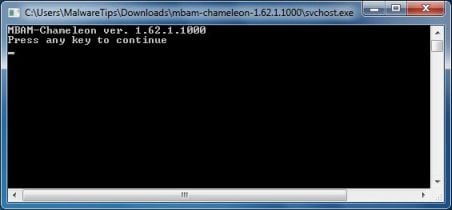
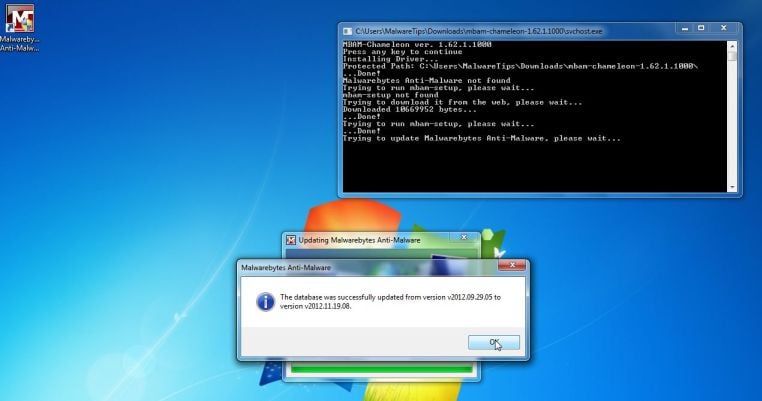
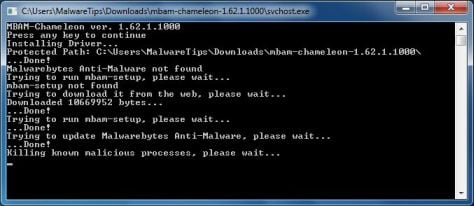
![Malwarebytes Anti-Malware scanning for Live Security Professional [Image: Malwarebytes Anti-Malware scanning for Live Security Professional]](http://malwaretips.com/blogs/wp-content/uploads/2013/01/malwarebytes-scan.jpg)
![Malwarebytes when the system scan has completed [Image: Malwarebytes Anti-Malware scan results]](http://malwaretips.com/blogs/wp-content/uploads/2013/01/malwarebytes-scan-results.jpg)
![Click on Remove Selected to get rid of Live Security Professional [Image:Malwarebytes removing virus]](http://malwaretips.com/blogs/wp-content/uploads/2013/01/malwarebytes-virus-removal.jpg)
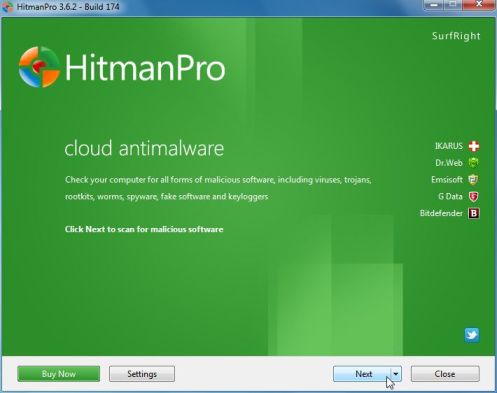
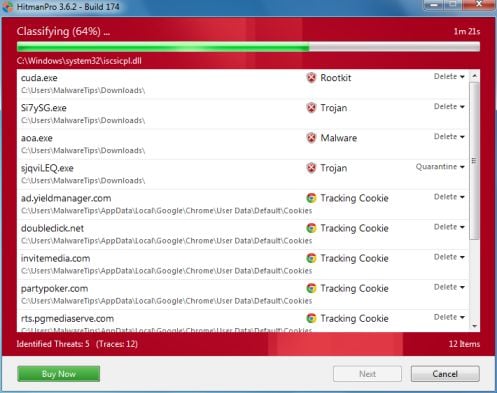
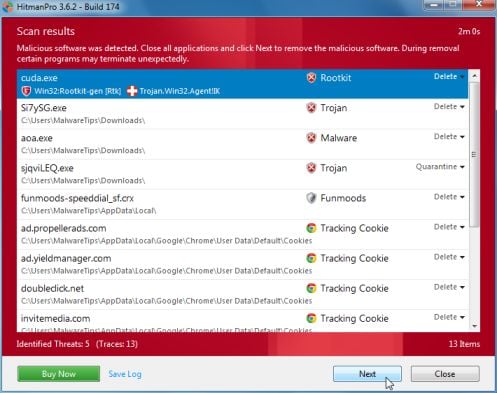
![HitmanPro free 30 days trial [Image: HitmanPro 30 days activation button]](http://malwaretips.com/blogs/wp-content/uploads/2012/11/hitmanpro-activation.jpg)










Stelian … thanks a lot .. you are amazing dude
Thank u so much Stelian….
Thanks Stelian…this was great help!
tks for the step by step guide, really helpful and problem solved in half hour.